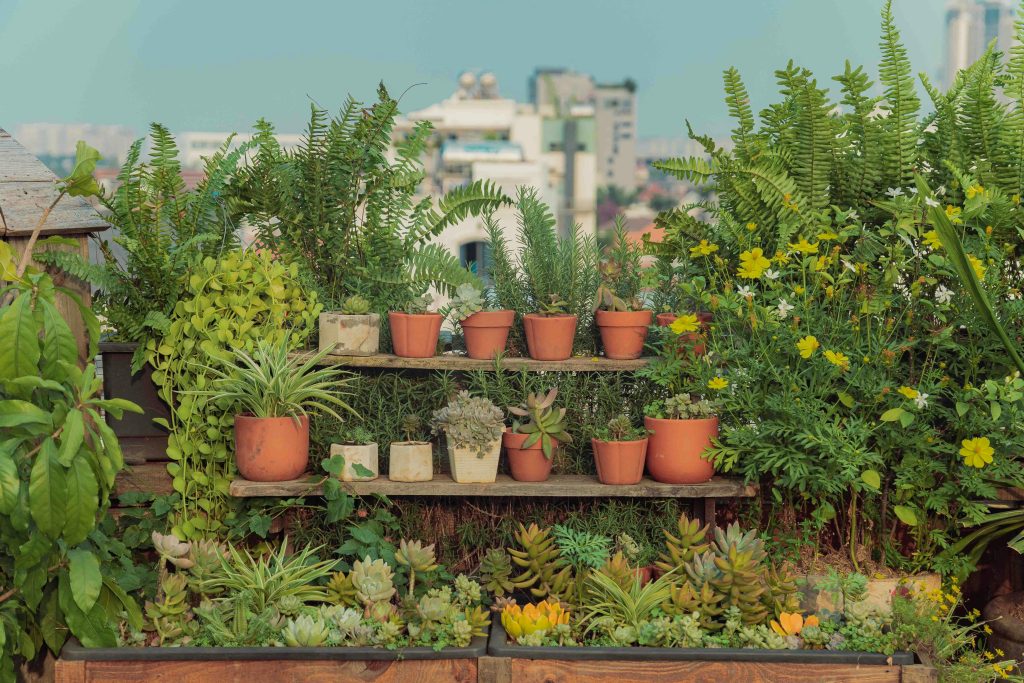Gypsum in Fall Soil Prep: Building a Strong Foundation for Spring Vegetables
Every successful vegetable garden begins with healthy soil. Fertile soil is not only about nutrients but also about structure, drainage, and the ability to support

Transplanting is one of the most stressful experiences a plant can undergo. Whether you are moving seedlings from trays to garden beds, planting trees and shrubs, or reestablishing perennials in new locations, the process often shocks plants. Roots are disturbed, moisture levels fluctuate, and soil structure may not be ideal. The result is slowed growth, wilting, or even plant loss. Fortunately, gardeners have a powerful ally for helping plants recover quickly and establish strong roots: gypsum.
Gypsum, also known as calcium sulfate, is a proven soil amendment that not only provides essential nutrients but also improves soil structure. It supplies calcium, which strengthens root systems, and sulfur, which supports protein and enzyme formation. More importantly, gypsum helps create the soil environment that roots need to expand and thrive after the disruption of transplanting.
October is an excellent month for transplanting perennials, trees, and shrubs, and it is also the right time to prepare vegetable beds for spring planting. By applying gypsum during transplanting or after moving plants, gardeners ensure stronger root development and faster recovery. At Supply Solutions LLC, high-solubility gypsum is available to help both professionals and home gardeners achieve success with transplanting projects.
Understanding why plants struggle during transplanting highlights the importance of gypsum.
This combination of stresses often leads to transplant shock, visible as yellowing leaves, slowed growth, or wilting. Gypsum addresses many of these issues directly.
Calcium is one of the most important nutrients for roots. It strengthens root tips, improves cell wall integrity, and encourages lateral root branching. Gypsum supplies calcium in a soluble form that plants can use quickly.
In addition, gypsum improves soil porosity by binding clay particles into larger aggregates. This creates air pockets that roots need to grow. Better aeration and drainage mean roots can penetrate more easily and access water consistently. Sulfur from gypsum supports enzyme and protein activity that drives energy production during recovery.
Together, these effects make gypsum one of the best amendments for ensuring transplants establish quickly and grow strong.
Fall is one of the best seasons for transplanting, and gypsum makes those efforts even more successful.
By combining good timing with gypsum application, gardeners reduce transplant shock significantly.
Gardeners who move seedlings or prepare vegetable beds for spring benefit greatly from gypsum.
Vegetable gardeners who add gypsum to beds in October will see healthier transplants and improved spring growth.
Lawns are often reseeded or patched in the fall. Gypsum plays a role here too.
For homeowners, gypsum makes reseeding or overseeding projects more successful.
Trees and shrubs transplanted in fall often face stress due to root loss. Gypsum helps mitigate this stress.
Landscapers who add gypsum during transplanting deliver healthier, longer-lasting trees and shrubs for clients.
By avoiding these mistakes, gardeners maximize gypsum’s benefits during transplanting.
At Supply Solutions LLC, high-quality gypsum is available for gardeners, landscapers, and farmers who want dependable results. With solubility and consistency that make it effective in real-world conditions, it is the smart choice for fall transplanting and soil improvement. The company’s expertise ensures that customers not only get the right product but also understand how to apply it effectively.
Transplanting does not have to mean weeks of slow growth and stressed plants. With the help of gypsum, gardeners can dramatically reduce transplant shock, strengthen root systems, and prepare plants for winter and spring growth. By applying gypsum during October, the soil itself becomes more welcoming, roots establish quickly, and plants recover faster.
For gypsum and other trusted soil amendments, visit Supply Solutions LLC. Reach us through our contact form, message us on Facebook, call 503-451-1622, or email sales@mysolutionssupply.com to get expert guidance and reliable products that help your transplants succeed.
Every successful vegetable garden begins with healthy soil. Fertile soil is not only about nutrients but also about structure, drainage, and the ability to support

As October arrives, vegetable gardens across the country face a turning point. The days are shorter, the nights are cooler, and frost is never far
Give us a call or visit our store, and we’ll help you find the right solution for your business.
© Supply Solutions LLC 2025